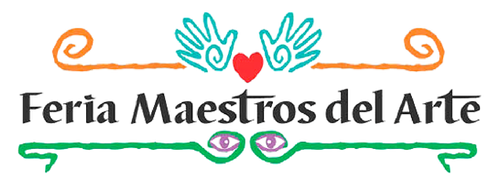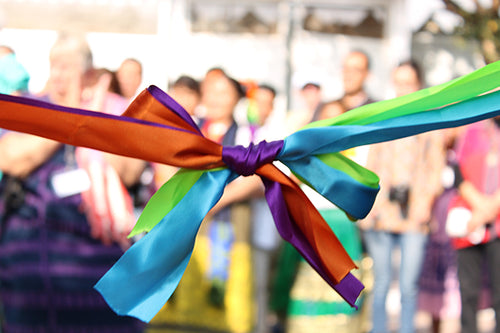
Salvador Vázquez Carmona, Tonalá, Jalisco
Near Guadalajara in the state of Jalisco, you will find the town of Tonalá. Thousands of visitors come to Tonalá to purchase all types of Mexican-made handcrafts, much of it the kind of souvenirs tourists will take home with them. Very few realize they are visiting a town where a famous man in the world of pottery lives, Salvador Vázquez Carmona, a true master of bruñido (burnished) pottery. In hundreds of buying trips to Tonalá, I never realized this incredible folk artist lived here because his work is not found in the local stores. You must go to his home to find his work.
Salvador is a true master in the techniques of burnished pottery and making natural dyes. He is recognized as being the "best" artisan in Tonalá, even among his peers. When you speak to younger potters, they say his name with reverence. His elegant designs and traditional pottery forms are legendary
At the age of six, Salvador was already learning from his mother smoothing techniques, painting and firing the clay. Later, he studied with Jorge Wilmot (another legend in the world of pottery), where he worked for 20 years. Here he began to develop his vision, to define his own "style" and develop the colors he has become known for all over the world.
Salvador has passed his love of clay on to his children. They work in the back of their home creating art pieces that originate from this creative man's imagination or from pre-Hispanic ceramic pieces. He may decorate with suns, moons, flowers, dense foliage, or Mexican motifs. His most distinctive pieces carry the designs of Tastoán dancers and doves. His work can be found in museums are collections all over the world.
Where does he get his clay? Near Tonalá lie deposits of black, white and red clay with varying proportions of silica. He pays a fee to extract great chunks of clay from this area. Once home, the chunks are broken up, ground into a powder and then sifted to removed impurities. Next water is added and the clay begins to "ferment" covered with plastic and set aside for several months.
Some of Salvador's pieces will be done in molds, some completely by hand. Smoothed with stones after drying, a slip of pigment is applied to seal the pores of the clay as well as provide a background color. The paints are made by mixing clays and adding earth pigments.
After the slip has dried and the paints are mixed, the decoration (palmeado) is ready to begin. With an ensemble of brushes, some of animal hair, he begins with great skill painting the designs he is so well known for. The final burnishing may take a very long time in that the colors must be fixed well on the pot so they do not fade during the firing.
Salvador has won prizes all over the world. His work is Mexican folk art at its best! He is a featured artist in the book "Great Masters of Mexican Folk Art".
Lopez Cotilla 328
Tonalá, Jalisco
333 683 2896
@salvadorvazquezcarmona

